Mango Tree
- November 28, 2023
- 0 comment
The Mango Tree, scientifically known as Mangifera indica, is a tropical fruit tree that belongs to the Anacardiaceae family. Revered for its delicious and sweet fruit, the mango tree is native to South Asia but is now cultivated in many tropical and subtropical regions around the world. Characterized by its evergreen foliage, the tree can reach heights of up to 100 feet, with a dense canopy of dark green, leathery leaves.
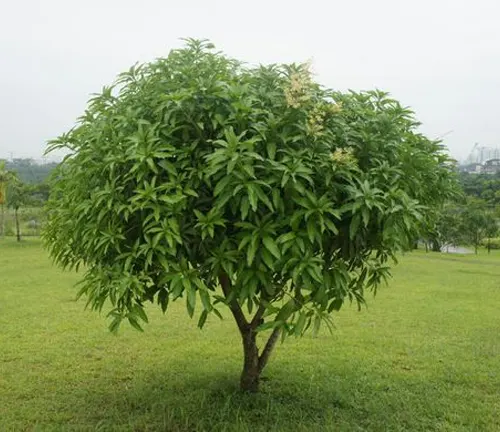
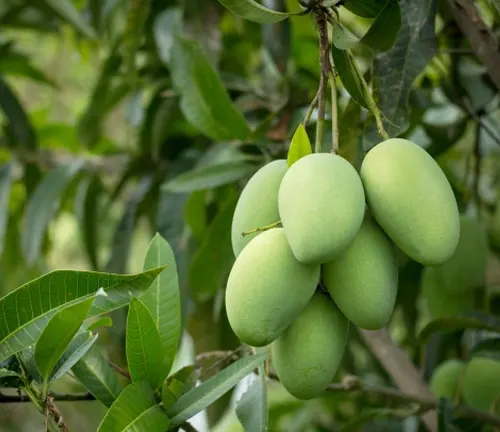
The mango fruit, often referred to as the “king of fruits,” is the highlight of the tree, featuring a smooth, colorful skin ranging from green to yellow, and a juicy, fibrous, and fragrant interior. With a myriad of varieties, mangoes come in different shapes, sizes, and flavors, offering a delightful spectrum for culinary use. Beyond its culinary appeal, the mango tree holds cultural significance in various societies, often symbolizing prosperity and abundance.
Its adaptability to diverse climates has made it a staple in tropical agriculture, contributing to both local economies and global fruit markets. Whether enjoyed fresh, in smoothies, salads, or as part of diverse cuisines, the mango tree stands as a symbol of the lush, exotic flavors of the tropics.
| Characteristic | Description |
|---|---|
| Scientific Name | Mangifera indica |
| Family | Anacardiaceae |
| Native to | South Asia |
| Height | Up to 100 feet |
| Foliage | Evergreen, dark green, leathery leaves |
| Fruit | Mango |
| Fruit Characteristics | Smooth skin, green to yellow color, juicy and fragrant |
| Culinary Use | Versatile, used fresh, in smoothies, salads, and dishes |
| Cultural Significance | Symbolizes prosperity and abundance in various cultures |
| Global Cultivation | Adapted to tropical and subtropical regions worldwide |
| Economic Impact | Contributes to local economies and global fruit markets |
| Symbolism | Represents the lush, exotic flavors of the tropics |
Botanical Beauty of “Mango Tree”
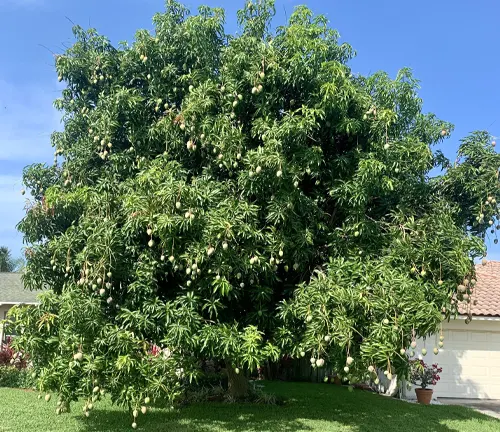
The Mango Tree, scientifically known as Mangifera indica, stands as a botanical marvel, captivating enthusiasts with its unparalleled beauty. This tropical evergreen boasts a commanding presence, reaching heights of up to 100 feet. Adorned with dark green, leathery leaves that form a dense canopy, the tree’s aesthetic allure extends beyond its delicious fruit. The elegance of its foliage and the graceful architecture of its branches make the Mango Tree a true botanical gem.
Woodland Elegance
In the heart of lush landscapes, the Mango Tree introduces a touch of woodland elegance. Its towering stature and broad, sweeping branches create a picturesque silhouette against the sky. The play of sunlight through the dense foliage paints a mesmerizing tapestry of light and shadow on the ground below. Whether nestled in tropical orchards or enhancing the beauty of home gardens, the Mango Tree adds a touch of natural sophistication to any environment.
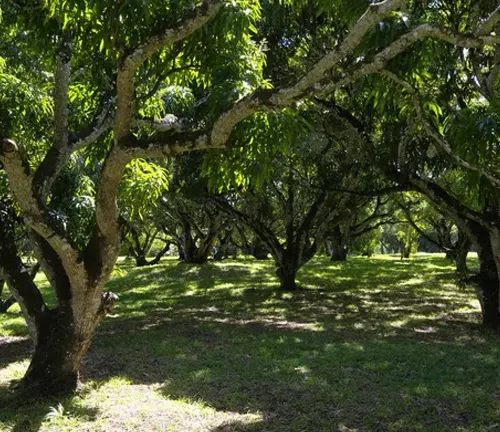
Ecological Importance
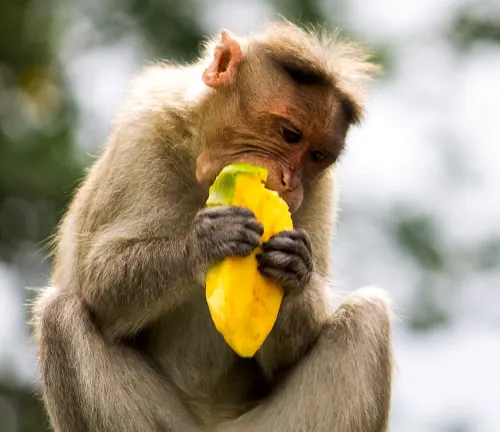
Beyond its aesthetic appeal, the Mango Tree plays a vital role in the ecosystems it inhabits. Native to South Asia, this tree has become a cornerstone in tropical and subtropical regions worldwide. Its robust presence contributes to biodiversity, providing a habitat for various species of birds and insects. Additionally, the fallen leaves and organic matter from the tree enrich the soil, creating a fertile environment for other plant life to thrive.
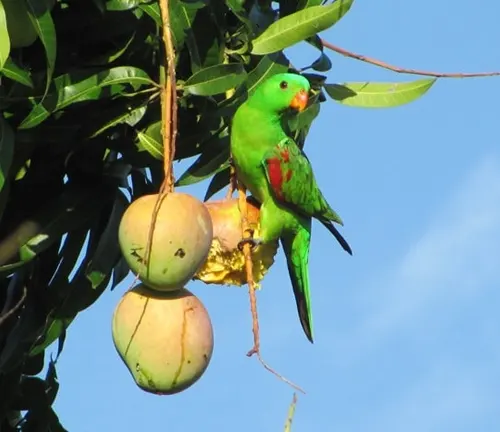

Cultivation and Conservation
The cultivation of Mango Trees transcends geographical boundaries, making it a global symbol of tropical abundance. However, with this widespread popularity comes the need for responsible cultivation and conservation efforts. Sustainable practices ensure the longevity of this botanical wonder, balancing the demand for its fruits with the preservation of its natural habitats. Conservation initiatives work towards safeguarding the genetic diversity of mango varieties, preserving their unique characteristics for future generations.
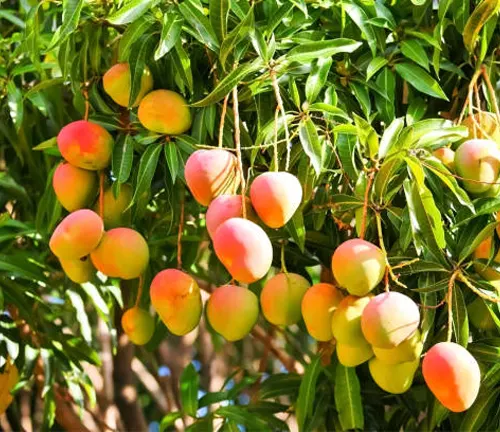
Fragrance
As if nature designed it to be a sensory delight, the Mango Tree exudes a sweet and enchanting fragrance. The blossoms, with their delicate petals and subtle hues, release an aromatic symphony that permeates the air. This olfactory allure not only enhances the overall experience of being near a Mango Tree but also attracts pollinators, contributing to the tree’s reproductive success.
Soil Stabilization
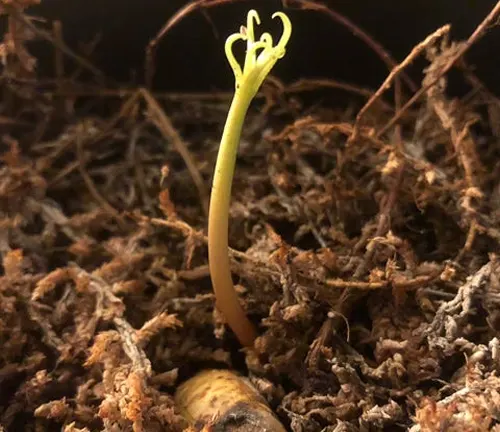
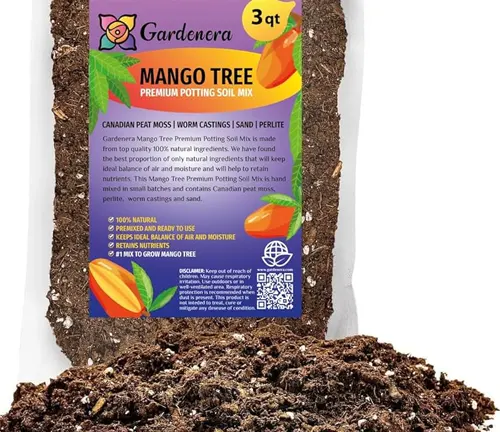
The Mango Tree goes beyond merely gracing the landscape; its roots play a crucial role in soil stabilization. The extensive root system helps prevent soil erosion, especially in regions prone to heavy rainfall. This feature underscores the tree’s ecological importance, as it actively contributes to maintaining the structural integrity of the soil in its surroundings.
Common Uses
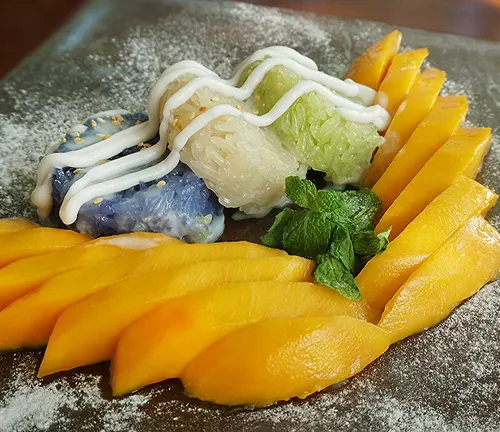
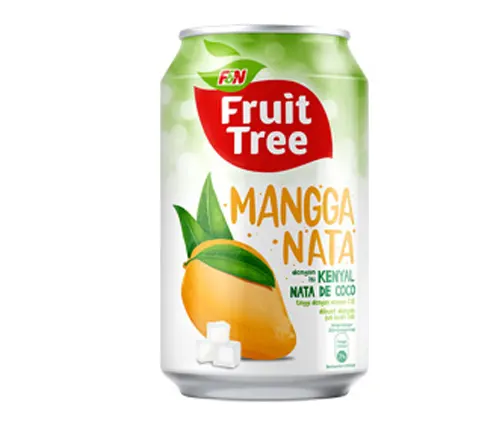
Mangoes, the pièce de résistance of the Mango Tree, find their way into an array of culinary delights. Whether enjoyed fresh, sliced into salads, blended into refreshing smoothies, or incorporated into savory dishes, the versatility of this fruit knows no bounds. Mangoes are not just a treat for the taste buds; they also hold cultural significance in various cuisines, adding a touch of sweetness to diverse culinary traditions.
Benefits
The Mango Tree offers a bounty of benefits to both the environment and human well-being. From providing shade and shelter to supporting local economies through fruit production, this tree stands as a testament to the interconnectedness of nature and culture. Rich in vitamins, minerals, and antioxidants, mangoes contribute to a healthy diet and have been associated with various health benefits, making the Mango Tree not only a delight for the senses but also a source of nourishment and well-being.
Different Species
Alphonso (Hapus)
Known as the “king of mangoes,” Alphonso is renowned for its sweetness, richness, and distinct aroma. It is primarily grown in the Ratnagiri region of Maharashtra, India.
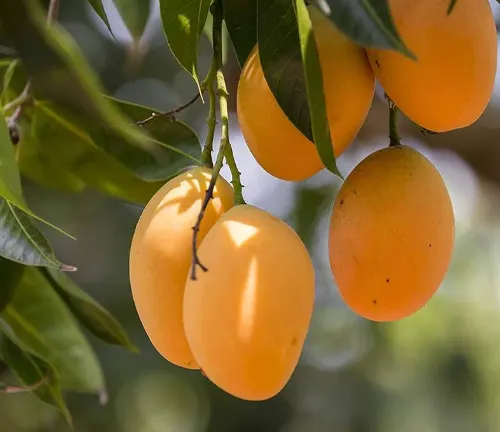
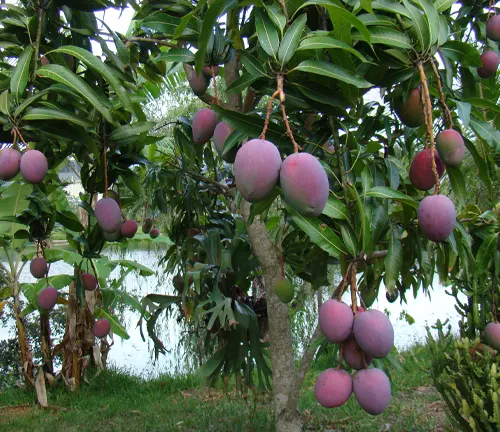
Tommy Atkins
A widely cultivated commercial variety, Tommy Atkins mangoes are known for their vibrant red and green skin and a sweet, mild flavor. They are commonly found in supermarkets around the world.
Kent
This cultivar originated in Florida and is appreciated for its large size, sweet taste, and minimal fiber. Kent mangoes are often used in salads, salsas, and desserts.
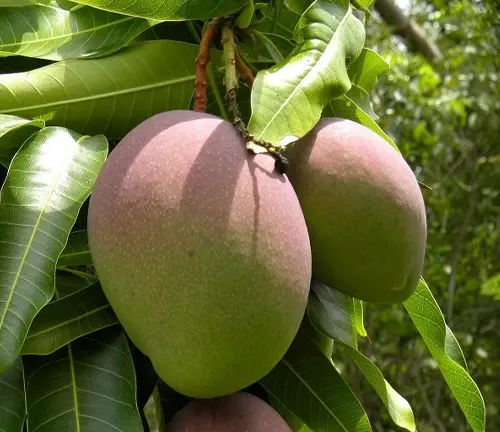
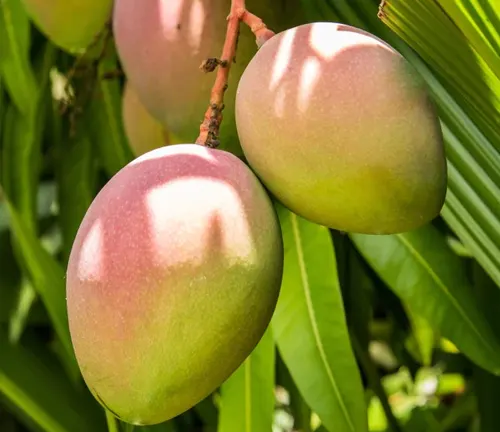
Haden
Considered one of the first varieties to be cultivated in Florida, Haden mangoes are characterized by their bright red and yellow skin and sweet, tropical flavor.
Ataulfo (Honey or Champagne)
These small, yellow mangoes are known for their creamy texture, sweetness, and lack of fibers. Ataulfo mangoes are often eaten fresh or used in desserts.
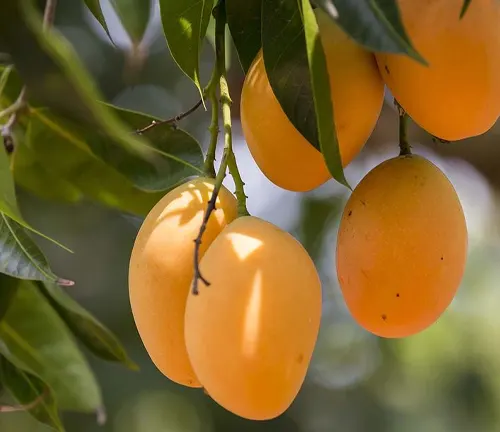
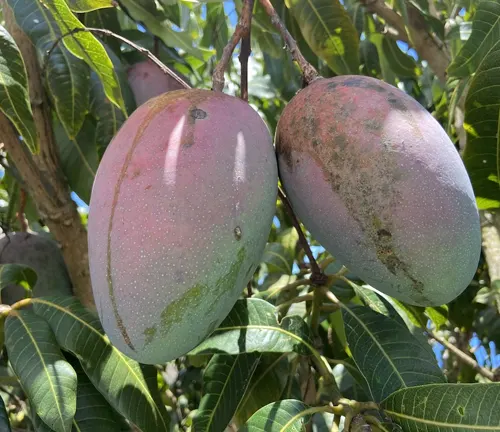
Keitt
With a mild, sweet flavor and vibrant green skin, Keitt mangoes are a late-season variety. They are popular for their extended harvesting period.
Francis
Originating from Haiti, Francis mangoes are large, greenish-yellow fruits with a sweet and tangy flavor. They are often used in Caribbean cuisine.
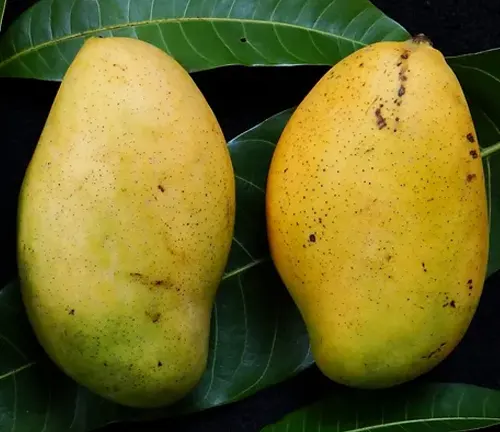

Palmer
This variety is valued for its disease resistance and productivity. Palmer mangoes have a mild, sweet taste and are known for their attractive red blush.
Nam Doc Mai
A Thai mango variety, Nam Doc Mai is known for its elongated shape, thin pit, and sweet, floral flavor. It is often eaten fresh or used in Thai cuisine.
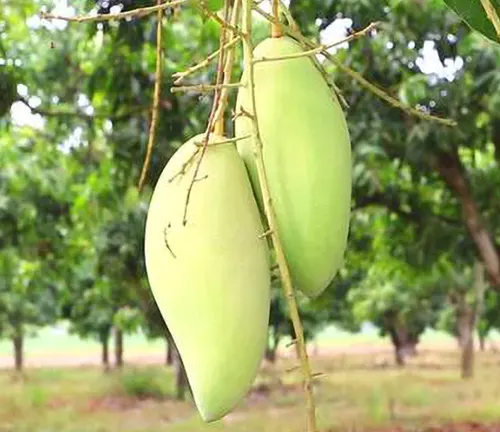
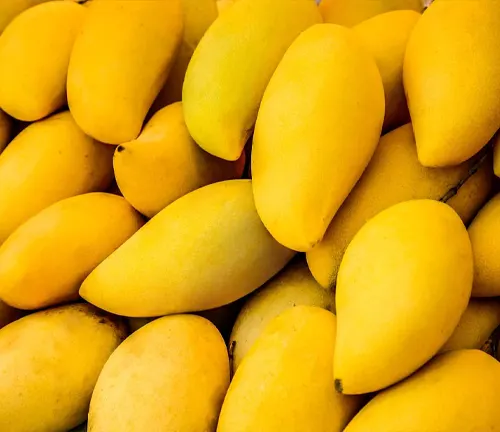
Carabao (Philippine Mango)
Indigenous to the Philippines, the Carabao mango is the national fruit and is famous for its sweetness and aroma. It is often exported to various countries.
Frequently Asked Questions (FAQs)
- Where do Mango Trees originate?
Mango Trees (Mangifera indica) are native to South Asia, specifically in India and Myanmar. They have been cultivated for thousands of years. - How tall do Mango Trees grow?
Mango Trees can reach heights of up to 100 feet, although their average height is often influenced by factors like cultivation practices and regional climate. - What are the main uses of Mango Trees?
Mango Trees are primarily cultivated for their delicious fruit, which is enjoyed fresh, used in culinary dishes, and processed into various products like juices, jams, and chutneys. - How long does it take for a Mango Tree to bear fruit?
The time it takes for a Mango Tree to bear fruit depends on the variety and growing conditions. Generally, it can take anywhere from 2 to 4 years for a tree to produce its first fruit. - What is the best climate for growing Mango Trees?
Mango Trees thrive in tropical and subtropical climates with warm temperatures. They are sensitive to frost and require a frost-free environment for optimal growth. - How do you care for a Mango Tree?
Mango Trees require well-drained soil, regular watering, and a balanced fertilizer. Pruning can help shape the tree and improve air circulation. Protecting the tree from frost during colder months is crucial. - Can Mango Trees be grown in containers?
Yes, certain dwarf and compact varieties of Mango Trees can be grown in containers. This allows for cultivation in areas with limited space or less-than-ideal growing conditions. - What are common pests and diseases affecting Mango Trees?
Mango Trees can be susceptible to pests such as aphids, mealybugs, and fruit flies. Diseases like anthracnose and powdery mildew are also common. Proper care, including regular inspection and treatment, helps manage these issues. - Are all Mango varieties equally sweet?
No, different mango varieties have varying levels of sweetness and flavor profiles. Some are known for their exceptional sweetness, while others may have a more balanced or tangy taste. - Are Mango Trees environmentally beneficial?
Yes, Mango Trees contribute to the environment by preventing soil erosion through their root systems, providing habitat for wildlife, and enhancing biodiversity in tropical and subtropical regions.


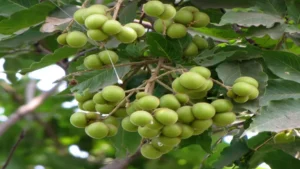
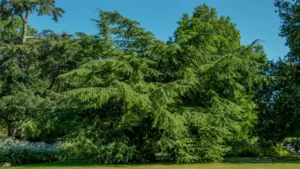
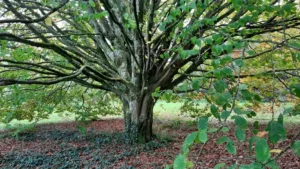
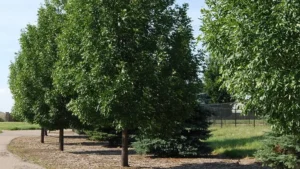
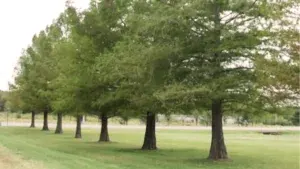
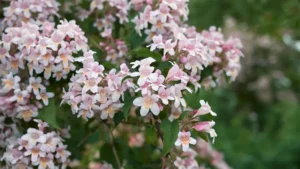
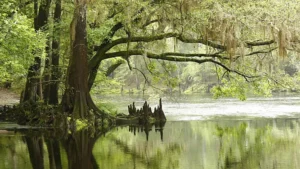
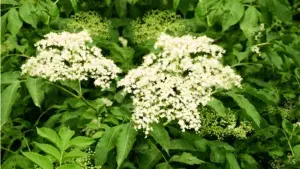
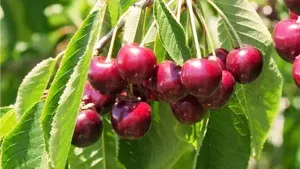
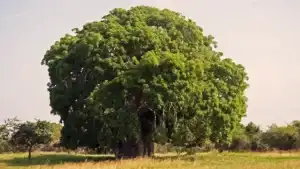
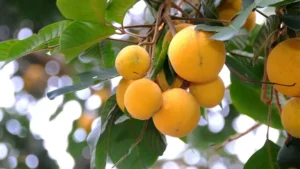
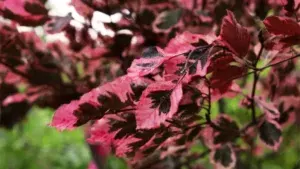
Leave your comment